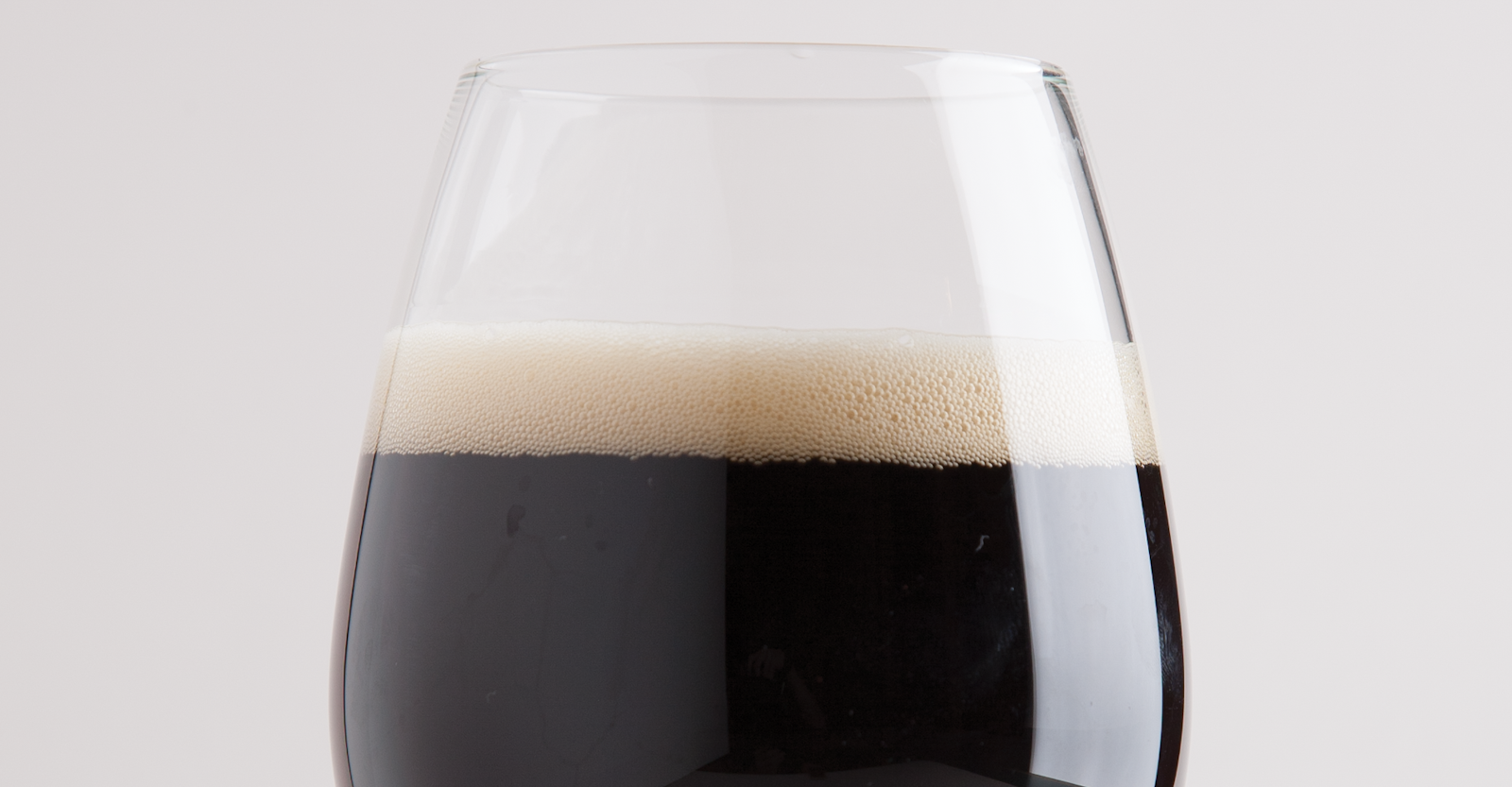Going by one name is often a sign of world-beating success or notoriety. Madonna. Pele. Leonardo. Porter.
Okay, fine—we’ll use its full name, just to avoid confusion: English Porter (or Brown Porter, if you prefer). But there’s no question about its place in the beer pantheon. English Porter is one of the oldest continually-produced styles of beer in the world, dating in its current form back to at least the early 18th century, and with good reason: it’s a firm and flavorful palate experience that has earned its longevity by offering an interesting (but never overpowering) drinking experience. Like most great beer styles, it’s a great ride, and one you can take more than once.
Style
English Porter can be distinguished from its louder porter brethren by its relative restraint in three areas: roast, alcohol, and hopping.
While it’s tempting to think of most dark beers as being patently (pun intended) roasty, they’re not. Much like Munich Dunkel, this is a beer that features dark flavors but not aggressive roasted or burnt flavors. They can be present but should be afterthoughts rather than burning (again, pun intended) light bulbs.
In much the same way, many inappropriately assume that dark beers are “strong.” English Porter, though darker than its bitter and/or mild cousins, is not necessarily stronger, and some examples range as low as 4 percent ABV.
Finally, hops: English Porters may feature hops, but it’s an exceptionally rare example that is ever described as hoppy. Hops flavors may be (and often are) completely absent and should never exceed a moderate level. This beer is malt-forward, often with a flavor that is closer to hot cocoa than the dark, bitter, earthy chocolate of a stronger porter or the milky, lactose-laden chocolate of a sweet stout.
So, a restrained but flavorful dark beer is required—go easy, and go cautiously.
Ingredients
Sadly (or excitingly, depending on your perspective), this recipe for my Pliers Porter is another one that is going to force you into a choice: play it safe for the judges or play it fun for yourself. Either recipe will make a great beer, but you need to decide what the purpose is—the fun version may well be dinged in competition (fairly) as out of style, but it’s my fervent belief that it makes for an outstanding and drinkable beer.
But before we get to your choice, let’s get the basics out of the way. You’ll start with 8 pounds (3.6 kg) of good English Maris Otter as a base. On top of that, add 1 pound (454 g) of British light crystal (45L) and 1 pound (454 g) of Chocolate Rye (which will add color, a touch of spice, and some mild roasty background notes that are virtually guaranteed not to get too aggressive).
Now it’s decision time. If you want to play this one straight, add another pound (454 g) of brown malt. It will impart a good dose of nutty flavor and lend your beer a rich toffee nose. There’s nothing wrong with it.
But if you’re feeling more adventurous, split that malt addition: 0.75 pound (340 g) of brown malt, and 0.25 pound (113 g) of smoked malt. What that’s going to add is something that we sometimes perceive in brown malt anyway—a bit of smoke character. But brown malt seems to be an inconsistent thing: Some versions have that nice smoky background note, others don’t. Why rely on the maltster? Take the guesswork out and sneak in those few ounces of smoked malt (any variety should work, but the Briess Cherrywood is my favorite). Live on the edge!
Once you’ve made your choice on grist, the rest is easy. Drop 2 ounces (57 g) of East Kent Goldings into the beer at the halfway (30-minute) mark, which will give you a bit of English hops flavor and aroma and about 28 IBUs.
And for yeast, Wyeast 1318 (London Ale III) is a solid choice, though if you prefer your beers a bit drier, you can go with the Wyeast 1028 (London Ale) which will give a hair more attenuation. I’m a fan of the 1318 for its ester profile and higher flocculation, though: this is a pretty beer with some wonderful garnet highlights, and I doubt you’ll notice the miniscule residual sugar difference.
Process
The only real process question here is fermentation temperature. Mash at the usual 152°F (67°C) and boil. Once you’re done, though, chill out. Start this one cool (63°F/17°C) to limit diacetyl production and increase the temperature about one degree per day until you hit 70°F (21°C) (to clean up any diacetyl or precursors that made it into the beer anyway. At that point, you should be just about finished with fermentation, but don’t rush. Give it a couple of days there, then crash it down and package it up. Two volumes of CO2 should be more than sufficient!
In Closing
What you’re left with, when you ultimately open the bottle or tap the keg, should be a brown ale that’s obviously a brown ale, but also obviously not just another English Brown or Mild. It will have much more interest on the palate, especially if you take the more adventurous Rauchmalt route! But even if you don’t, the spice from the rye and the wonderful middle-crystal and brown malt flavors will still yield some great results. But if you should happen to think to yourself, “My, what a great roasty beer!” you’ve screwed up. Go back and reduce the percentage of the chocolate malt and give it another go. It might still be a great beer, but it’s not your best English Porter (yet).
Cheers!

